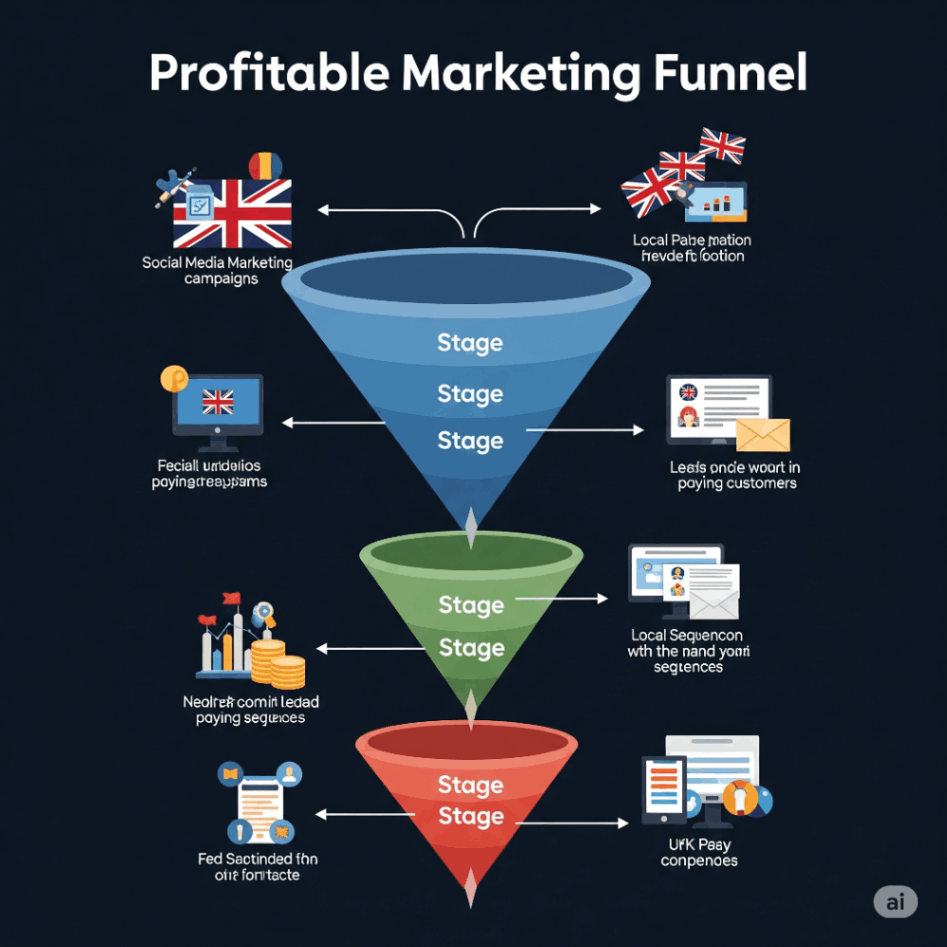Search engine optimisation (SEO) is entering a new era. Google’s Search Generative Experience (SGE) marks a significant shift from traditional keyword-driven rankings to AI-generated summaries and topic clusters. For businesses, marketers, and content creators in the UK, understanding how Google SGE changes the game is no longer optional—it’s essential.
In this guide, we’ll break down what SGE is, how it impacts your current SEO strategy, and what you need to do to future-proof your visibility. Whether you manage a corporate website, a content platform like Derektime, or a local service site, this change will impact how your content is discovered and consumed.
What is Google’s Search Generative Experience (SGE)?
SGE, or Search Generative Experience, is Google’s AI-powered search update designed to transform how information is presented. Instead of offering a list of links ranked by keyword and backlink weight, SGE delivers an AI-generated snapshot summarising key points in response to complex queries.
Key Features of SGE:
-
AI-generated summaries above traditional results
-
Contextual follow-up prompts and questions
-
Integrated multimedia answers (text, video, images)
-
Topic clustering to connect related queries
Unlike featured snippets, which pull directly from a single source, SGE synthesises information from multiple authoritative sources to provide a conversational overview. This changes how users interact with search and how websites appear in those results.
How SGE Works: From Questions to AI Clusters
SGE uses a large language model (LLM), similar to ChatGPT, to understand the user’s query in depth and respond with a condensed, cluster-based answer.
Here’s what that process looks like:
| Stage | What Happens |
|---|---|
| Input | The user asks a complex or multi-layered question. |
| Parsing | Google analyzes intent, context, and sub-topics. |
| Generation | The AI generates a coherent summary pulling from top-ranking sources. |
| Clustering | Related content is grouped into themes, providing next-step questions. |
| Display | AI snapshot appears above regular search results with source links. |
Key Differences Between Traditional Search and SGE
Understanding how SGE differs from the search engine results pages (SERPs) we’re used to is critical for adapting strategy.
| Feature | Traditional Search | SGE |
|---|---|---|
| Focus | Keyword matching | Intent and context matching |
| User Action | Click-based navigation | In-SERP reading and exploration |
| Result Format | Ranked list of links | AI-generated summary with clustered links |
| CTR Dynamics | High for position 1–3 | Lower overall click-through for organic links |
| SEO Metric | PageRank, backlinks, keywords | Authority, relevance, topic coverage |
Why This Shift Matters for SEO Professionals
SGE isn’t just another SERP tweak—it’s a fundamental restructuring of how Google serves and prioritises content.
What’s Changing:
-
Less direct traffic from traditional blue links
-
Higher competition to be included in AI summaries
-
Emphasis on topic authority, not just page optimisation
-
Engagement over ranking—answers must be informative, not just visible
For SEO professionals, this means rethinking how success is measured. Keyword rankings alone won’t tell the full story anymore.
You’ll need to monitor:
-
Inclusion in AI summaries
-
Cluster-wide content performance
-
User engagement metrics like dwell time and return visits
How SGE Impacts UK-Based Websites and SMEs
For UK businesses, the rise of SGE introduces both opportunities and new compliance risks. Especially if you’re serving location-specific audiences or operating under sector-specific regulation (like finance, health, or education).
Potential Effects:
-
Decreased visibility for SME websites that rely on narrow keyword targeting
-
Higher demand for trustworthy, E-E-A-T-friendly content
-
Preference for authoritative UK sources, such as:
If your site lacks transparent authorship, source citations, and depth of coverage, it’s less likely to be included in AI clusters. For content-driven sites like Derektime, this is a pivotal moment to upgrade editorial quality and topical breadth.
Actionable SEO Strategies for the SGE Era
Want to survive and thrive as SGE rolls out? These strategies will help future-proof your content.
1. Build Topical Authority
-
Cover full topic clusters (not just standalone blog posts)
-
Use content hubs, internal linking, and supporting articles
-
Focus on depth, context, and cross-topic connections
2. Prioritise E-E-A-T Signals
-
Include author bios with credentials
-
Ensure transparency in publishing and updates
3. Optimise for AI Readability
-
Use clear headings and summaries
-
Answer questions directly using natural language
-
Keep sections skimmable, but informative
4. Improve Schema Markup
-
Add structured data for articles, FAQs, and reviews
-
Help Google identify your content type and relevance
5. Monitor Search Console + AI-SERP Inclusions
-
Watch for impression changes in informational queries
-
Identify content that appears in AI summaries or gets pushed below the fold
Opportunities and Risks: What to Watch
Like any major change, SGE offers both upside and downside depending on your readiness.
Opportunities:
-
Level playing field for newer, high-quality content creators
-
AI-driven traffic for long-tail, complex queries
-
Higher value on clarity, helpfulness, and content structure
Risks:
-
Decline in click-through rates (CTR) even with top ranking
-
Disappearance from above-the-fold positions
-
Increased dependence on Google’s AI interpretation of your content
By adjusting your strategy now, you avoid being left behind when the update becomes standard.
Tools to Optimise for SGE
Here’s a quick list of tools you can use to adapt and measure your performance in an SGE-driven search landscape:
| Tool | Purpose |
|---|---|
| Google Search Console | Monitor impressions, queries, and CTR shifts |
| AnswerThePublic | Discover cluster-related questions |
| Surfer SEO | Optimise content for topical relevance |
| Ahrefs or SEMrush | Track keyword and topic performance |
| Schema.org Markup Generator | Add structured data to your pages |
Final Thoughts: Preparing for the Future of Search
From clicks to clusters, Google’s SGE is changing what it means to rank on search engines. It’s no longer about chasing keyword positions—it’s about building meaningful, in-depth, and trustworthy content ecosystems.
If you’re running a UK-based website or SME, now is the time to double down on quality, structure, and transparency. Make sure your content is not just optimised, but genuinely helpful. Align with trusted sources. Build topical authority. And prepare to be discovered not just through clicks but through context.
FAQs
1. What exactly is Google SGE and when will it launch in the UK?
Google’s SGE is an AI-powered feature that generates summaries and answers directly in search results. It’s being tested in multiple regions and is expected to roll out more broadly in the UK within the next year.
2. Will SGE reduce organic traffic to my website?
Yes, in some cases. Because answers appear directly in the search results, users may not click through. However, high-value, authoritative content still has a chance to be featured—and clicked.
3. How do I know if my content appears in an AI summary?
Currently, tracking AI summary inclusions is limited. Watch for changes in impressions and CTR in Search Console and look for shifts in your top-performing queries.
4. Is keyword research still relevant in the age of SGE?
Absolutely. Keywords still indicate search intent. The difference is you’ll need to group them into clusters and build in-depth, connected content around those themes.
5. How can small UK websites stay competitive?
Focus on E-E-A-T, niche authority, and smart internal linking. Also, reference trusted sources like GOV.UK and prioritise reader-first content quality.
For more insights on navigating Google updates, digital strategy, and content marketing, visit Derektime UK.


